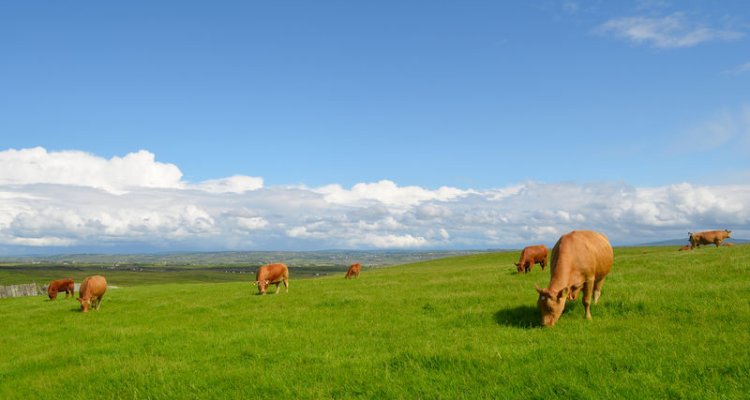
News
Intensification of dairy production can increase the GHG mitigation potential of the land use sector in East Africa
An article of Patric Brandt, Gabriel Yesuf, Martin Herold and Mariana Rufino: Intensification of dairy production can increase the GHG mitigation potential of the land use sector in East Africa, has been published in Global Change Biology, Volume26, Issue2, pages 568-585.
Abstract
Sub-Saharan Africa (SSA) could face food shortages in the future because of its growing population. Agricultural expansion causes forest degradation in SSA through livestock grazing, reducing forest carbon (C) sinks and increasing greenhouse gas (GHG) emissions. Therefore, intensification should produce more food while reducing pressure on forests. This study assessed the potential for the dairy sector in Kenya to contribute to low‐emissions development by exploring three feeding scenarios. The analyses used empirical spatially explicit data, and a simulation model to quantify milk production, agricultural emissions and forest C loss due to grazing. The scenarios explored improvements in forage quality (Fo), feed conservation (Fe) and concentrate supplementation (Co): FoCo fed high‐quality Napier grass (Pennisetum purpureum), FeCo supplemented maize silage and FoFeCo a combination of Napier, silage and concentrates. Land shortages and forest C loss due to grazing were quantified with land requirements and feed availability around forests. All scenarios increased milk yields by 44%–51%, FoCo reduced GHG emission intensity from 2.4 ± 0.1 to 1.6 ± 0.1 kg CO2eq per kg milk, FeCo reduced it to 2.2 ± 0.1, whereas FoFeCo increased it to 2.7 ± 0.2 kg CO2eq per kg milk because of land use change emissions. Closing the yield gap of maize by increasing N fertilizer use reduced emission intensities by 17% due to reduced emissions from conversion of grazing land. FoCo was the only scenario that mitigated agricultural and forest emissions by reducing emission intensity by 33% and overall emissions by 2.5% showing that intensification of dairy in a low‐income country can increase milk yields without increasing emissions. There are, however, risks of C leakage if agricultural and forest policies are not aligned leading to loss of forest to produce concentrates. This approach will aid the assessment of the climate‐smartness of livestock production practices at the national level in East Africa.
Keywords: forest disturbance; greenhouse gas emissions; livestock grazing; LivSim; smallholder farming; sustainable intensification